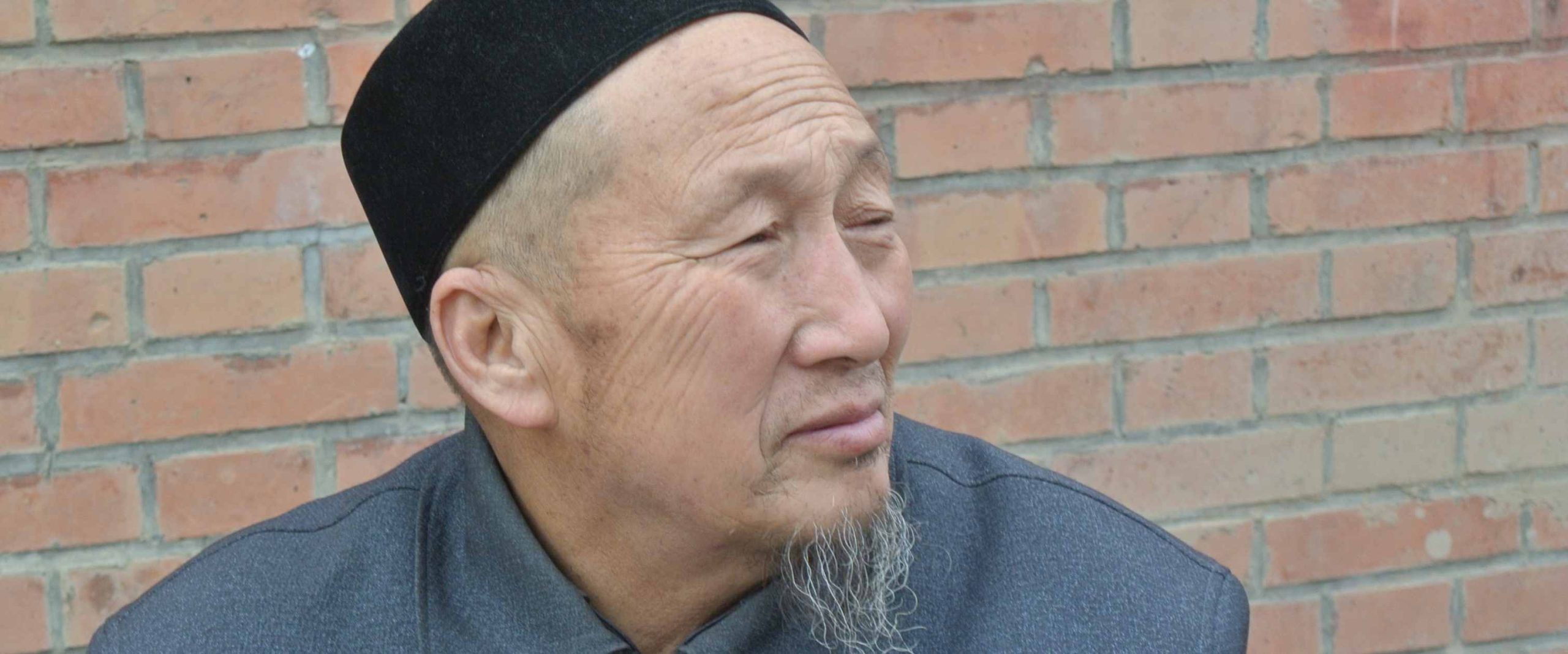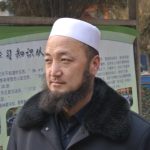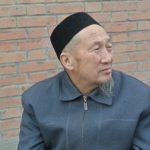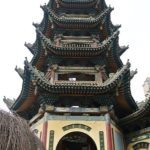Dongxiang

The majority of the Dongxiang live in one long, spread-out valley in the southwestern part of Gansu Province. The Dongxiang region is a desolate, arid place with a moon-like landscape, even though it is bordered by the Tao River to the east, the Daxia River to the west, and the Yellow River to the north. The Donxiang are related to the Mongols and speak a dialect of Mongolian. Though they refer to themselves as “Santa” — an Islamic term — until 1949 they were known as Mongolian Huihui. Their modern name, Dongxiang, means “People of the Eastern District.”
One possible theory regarding the origin of the Dongxiang stems from the thirteenth century invasion of China by the Mongols. Genghis Khan, in a bid to control the land he had taken over, moved some of his garrisons into China. These soldiers intermarried with local women and gradually developed into their own distinct ethnic group called the Dongxiang.
Not long after the Dongxiang first appeared in China, they were converted to Islam. Sixty to seventy percent of Dongxiang belong to the Old Sect, which emphasizes worshiping at the tombs of Muslim saints. The remainder belong to the New Sect, a fundamentalist and reformist group. There were numerous brutal wars between the two Dongxiang sects in the last century. Other Muslim ethnic groups in China do not consider the Dongxiang to be part of the Islamic faith.
In the 1940’s some Christians briefly visited the Dongxiang area but were unsuccessful in converting anyone to Christ. In 1993 a Hong Kong based organization conducted mass literature evangelism in the main Dongxiang town. However, most Han Christians believe “it is impossible to reach the Dongxiang.”



